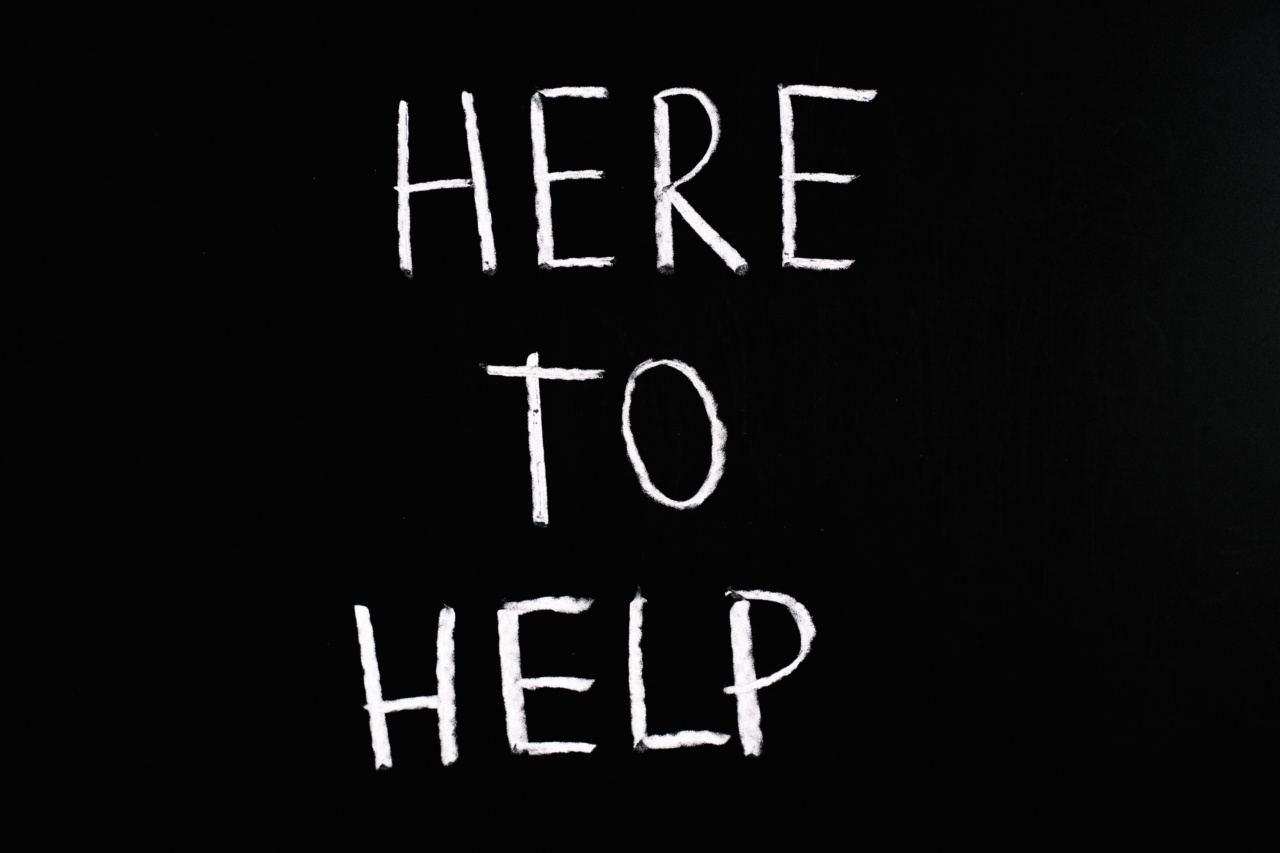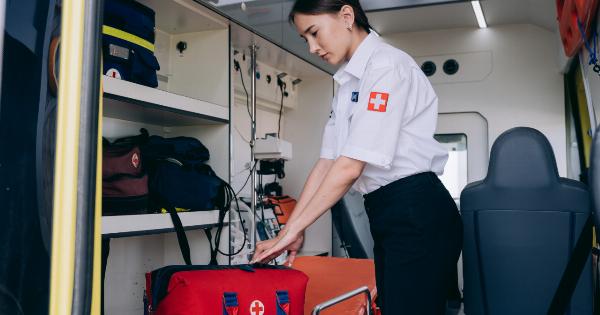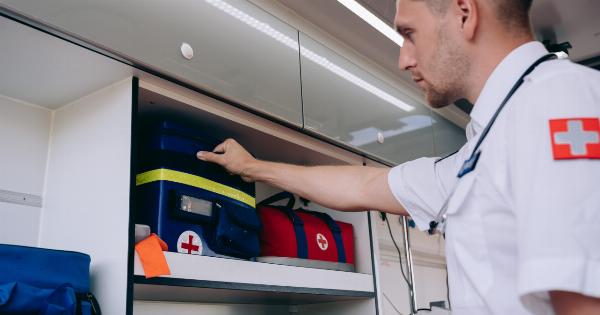Epilepsy is a neurological disorder characterized by recurring seizures. These seizures occur due to abnormal electrical activity in the brain.
Epileptic seizures can vary in intensity and duration, and witnessing someone experiencing a seizure can be a frightening and overwhelming experience. However, by understanding what happens during a seizure and how to assist someone in this situation, you can provide crucial support and help ensure their safety.
Recognizing the Signs of an Epileptic Seizure
Before you can assist someone during an epileptic seizure, it’s important to be able to recognize the signs:.
- Loss of consciousness: The person may fall to the ground or slump in a seated position.
- Tonic phase: The person’s muscles may stiffen, causing them to arch their back or extend their limbs.
- Clonic phase: The person may experience rhythmic jerking movements.
- Change in breathing: Breathing may become irregular or temporarily stop.
- Loss of bladder or bowel control: The person may wet themselves or have a bowel movement.
- Confusion or drowsiness: After the seizure, the person may feel disoriented or fatigued.
Creating a Safe Environment
When someone is having an epileptic seizure, safety should be your utmost priority. Here are some steps to create a safe environment:.
- Stay calm: It’s crucial to remain calm and composed during the seizure. Panicking or showing signs of anxiety may escalate the situation.
- Clear the surroundings: Remove any sharp or dangerous objects that could potentially harm the person during the seizure.
- Pad the area: If possible, cushion the person’s head with a soft item to prevent injury.
- Loosen tight clothing: Gently loosen any tight clothing around the person’s neck to ensure unrestricted breathing.
- Time the seizure: Note the time the seizure begins and keep an eye on its duration. Most seizures last less than two minutes.
- Don’t restrain the person: It is crucial not to hold the person down or restrict their movements during the seizure. Allow the seizure to run its course.
- Talk soothingly: Use a calm and reassuring voice to comfort the person during and after the seizure.
Assisting During the Seizure
While it may be tempting to intervene during a seizure, it’s important to remember that most seizures are self-limiting and will stop on their own. Here’s what you can do:.
- Protect the person’s head: If you notice the person’s head hitting a hard surface, gently cushion their head to prevent injury.
- Roll the person onto their side: To prevent choking, turn the person onto their side once the intense jerking movements have subsided. This helps keep their airway clear and allows any saliva or vomit to drain out.
- Don’t put anything in their mouth: Contrary to popular belief, it is not necessary to put a spoon or any other object in the person’s mouth during a seizure. Doing so may cause harm or injury.
- Comfort and reassure: Talk to the person in a calm and soothing manner. Let them know they are safe and that help is on the way if needed.
- Stay with the person: Remain by their side until they have fully recovered and regained consciousness. Keep an eye on their breathing and look for any signs of distress.
Seeking Medical Assistance
While not all epileptic seizures require immediate medical attention, there are certain situations when it is necessary to call for medical help:.
- Status epilepticus: If the seizure lasts longer than five minutes or if the person experiences multiple seizures without regaining consciousness in between, call for emergency medical assistance.
- Injury: If the person sustains an injury during the seizure, especially a head injury, it is important to seek medical attention to rule out any complications.
- First-time seizure: If it is the person’s first seizure or if they have a known history of epilepsy but this seizure appears different, it is advisable to seek medical evaluation.
- Pregnancy: If the person is pregnant, it is essential to seek medical attention after a seizure to ensure the well-being of both the mother and the baby.
Supporting Recovery and Well-being
After the seizure, the person may feel disoriented, fatigued, or embarrassed. Here are some ways you can support their recovery:.
- Allow time to rest: Encourage the person to rest and provide a quiet and calm environment.
- Offer reassurance: Let the person know that they are not alone and that you are there to support them.
- Help with medication: If the person takes antiepileptic medication, ensure they have taken their prescribed dose or offer assistance if needed.
- Encourage seeking medical advice: Suggest that the person consults with their healthcare provider to evaluate their seizure and ensure proper management.
- Provide emotional support: Be understanding and empathetic towards the person’s emotions surrounding their seizures. Offer a listening ear if they want to talk about their experiences or concerns.
Conclusion
Witnessing someone having an epileptic seizure can be distressing, but with the right knowledge and approach, you can provide essential assistance and comfort.
Understanding the signs of a seizure, creating a safe environment, and knowing when to seek medical help are crucial steps in helping someone with epilepsy. By offering support and reassurance throughout the process, you can help ensure their well-being and recovery.





























